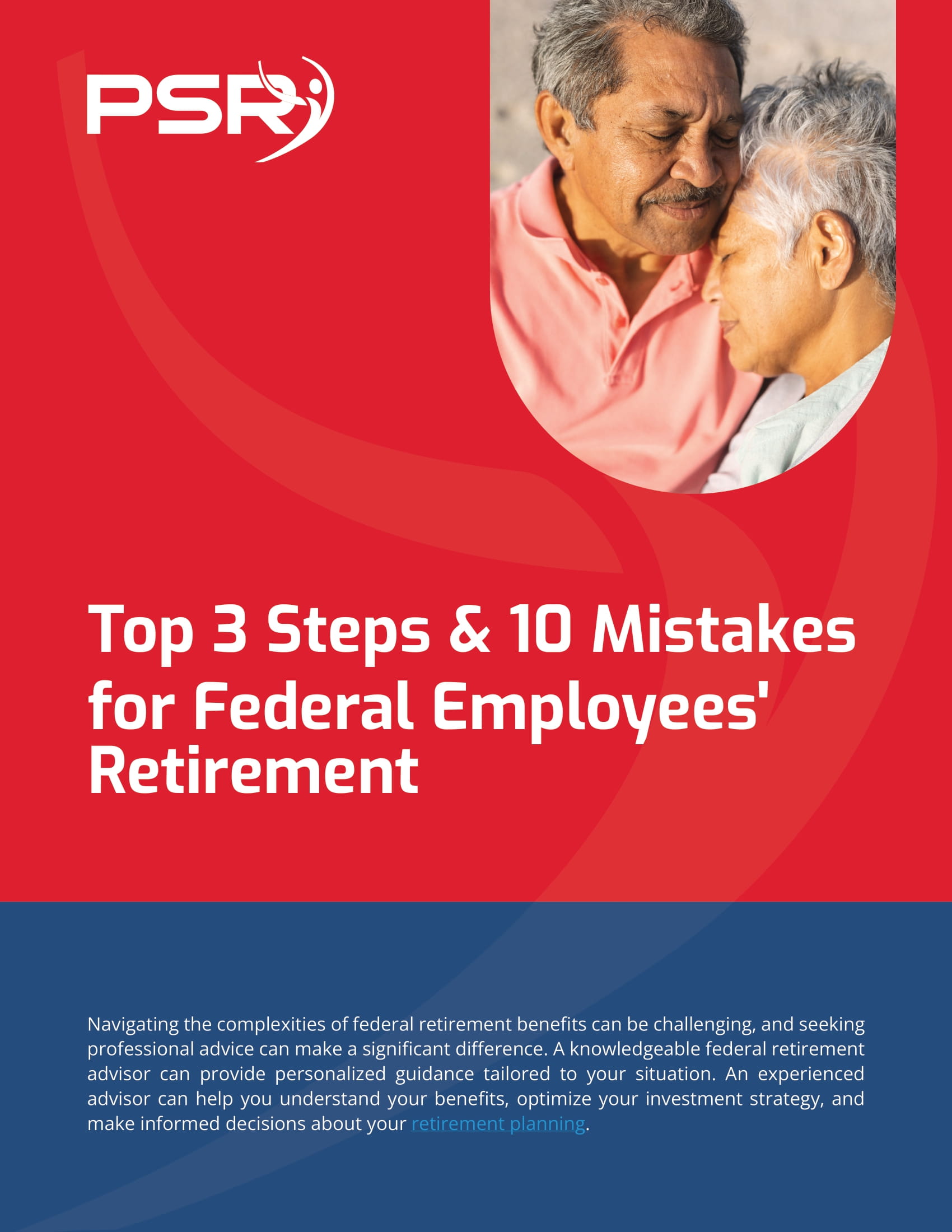- Also Read: FEHB Premiums Are Up—Here’s What You Can Do Without Losing Coverage
- Also Read: Forgetting to Elect a Survivor Benefit Can Leave Your Spouse Without a Penny
- Also Read: 3 Common Medicare Enrollment Mistakes That Could End Up Costing You Thousands
In that vein many Federal employees who were looking for that land of milk and honey find themselves still waiting for a biweekly paycheck and hoping that a Reduction-in-Force (RIF) is not in the not- so-distant future. Individuals eligible for retirement are given a type of consideration during a RIF that places them at the top of the list to leave the organization. Financial concerns is a big part of decision-making in most families. It is not as easy as perhaps previous years to think about retirement and when to do it. Many workers in the Federal government simply fear that they will not have enough resources to live on and that those resources will not outlast them.
This worry is particularly heavy for Federal workers covered under the Federal Employees Retirement System (FERS). Their defined benefits plan (pension plan) is not as lucrative as the old Civil Service Retirement System (CSRS). If FERS employees do not maximize participation in the Thrift Savings Plan (TSP) they will not be in a good position to realize their retirement dreams.
P. S. Always Remember to Share What You Know.
Dianna Tafazoli











